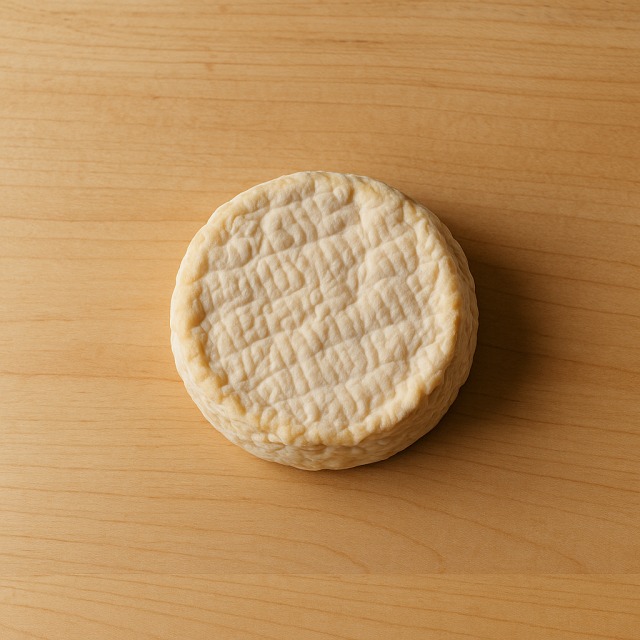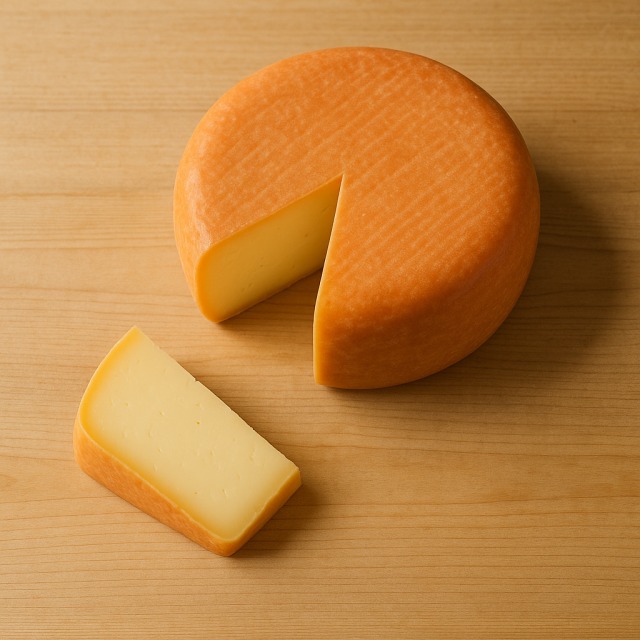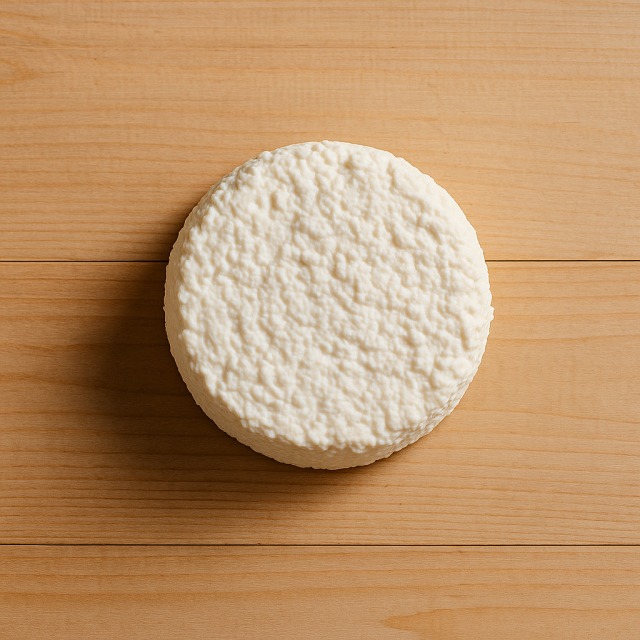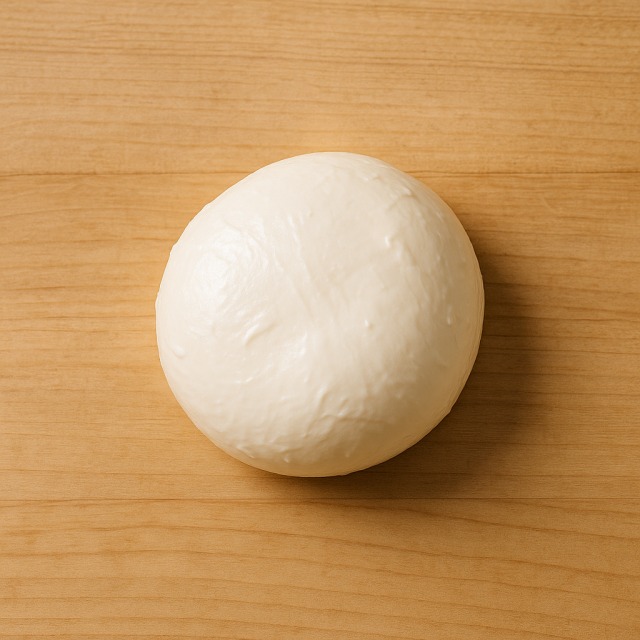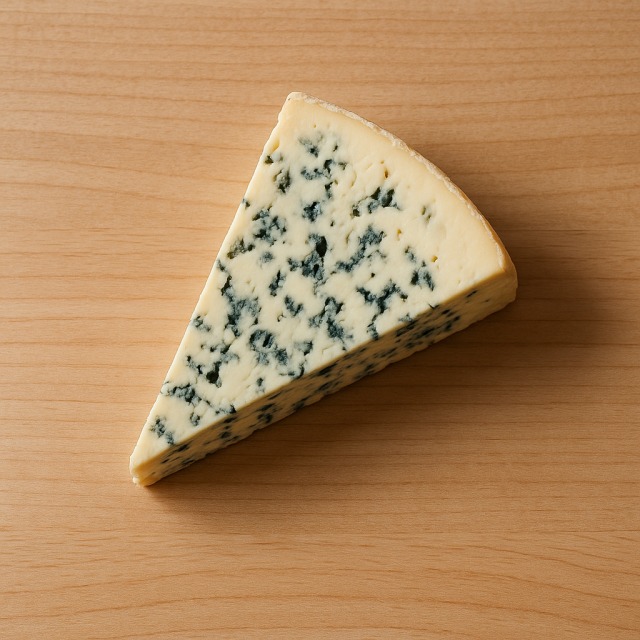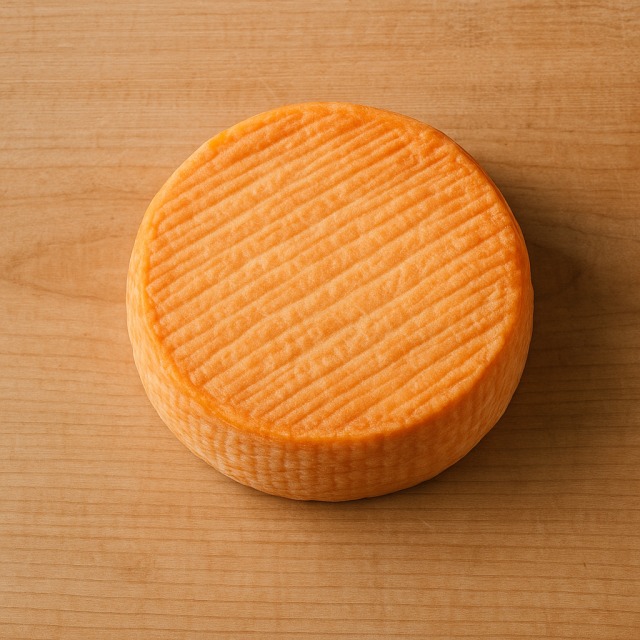Calorie Chart / Cheeses / Saint-Félicien
How Many Calories Are in Saint-Félicien?
Calculation of the nutritional value & Recommended Dietary Intake of Saint-Félicien
For g and a calorie requirement of kcal
| Calories 146 kcal | Proteins 6.8 g | Lipids 13 g | Carbohydrates 0 g |
| 7% | 9% | 19% | 0% |
Health benefits of Saint-Félicien

Saint-Félicien - 100g
Calories 365 kcal
Proteins 17 g
Lipids 33 g
Carbohydrates 0 g
Saint-Félicien is a soft cow's-milk cheese with a creamy pâte and washed, bloomy rind. It is considered a high-calorie dairy product, which means it provides a concentrated source of energy. Those calories come chiefly from milk lipids that supply short- and medium-chain fatty acids, useful for rapid energy during intense physical effort. In addition to calories, the cheese delivers complete proteins containing all essential amino acids.
From a micronutrient point of view, Saint-Félicien supplies significant amounts of calcium for bone health, phosphorus for cellular metabolism, and zinc that supports immune function. Fat-soluble vitamin A contributes to vision and skin integrity, while vitamins B2 and B12 participate in energy-yielding metabolism. Although rich in calories, its high calcium-to-protein ratio can enhance satiety and help limit overall calorie intake when portions are reasonable.
Originally produced in the Dauphiné region, this cheese was traditionally made with goat's milk before switching to cow's milk in the 20th century. Its delicate, almost runny texture distinguishes it from the closely related Saint-Marcellin. Even with substantial calories, Saint-Félicien may suit athletes or individuals needing extra energy density in a small volume of food.
Tips for incorporating Saint-Félicien into a balanced diet
Because Saint-Félicien is dense in calories, portion control is key: 30–40 g can enrich a meal without pushing total calories too high. Try melting a thin slice over steamed broccoli; the vegetables add fibre and volume with very few calories, balancing the cheese's calories. Another idea is a salad of apple, walnut kernels and mixed greens, finished with a spoon of Saint-Félicien thinned with yogurt for a creamy yet calorie-aware dressing.
If you crave a comforting dish, bake small potatoes, scoop them out, mix the pulp with a little Saint-Félicien and chopped chive (not in database, we won't link), then refill and grill. This delivers flavour but lets you monitor calories precisely. The cheese also pairs well on a cheese board alongside lean proteins such as sliced turkey cutlet or marinated salmon, offering variety without concentrating all calories in a single food.
Remember that beverages contribute calories too: serve with water or unsweetened tea rather than wine if you need to cap total calories. By combining high-calorie Saint-Félicien with low-calorie sides, you can enjoy its flavour while keeping daily calories within your target range.
Frequently Asked Questions
- How many calories are in Saint-Félicien?
- There are 365 kcal per 100 g, making it a high-calorie cheese.
- Is Saint-Félicien suitable for a calorie-controlled diet?
- Yes, but the calories add up quickly; limiting yourself to a 30 g portion (about 110 kcal) helps you enjoy the taste without exceeding daily calories.
- Do the calories in Saint-Félicien come mainly from fat?
- Most calories originate from its 33 g of lipids per 100 g, while proteins contribute the remaining calories; the cheese contains virtually no carbohydrates.
- How does Saint-Félicien compare in calories with Brie or Camembert 45%?
- Saint-Félicien is slightly higher in calories than many soft cheeses; Brie averages around 330 kcal/100 g and Camembert about 300–320 kcal/100 g.
- Can melting Saint-Félicien increase its calories?
- Heating does not change the intrinsic calories; however, adding bread, oil or other ingredients during melting will raise the total calories of the dish.
Similar foods
Information provided by Calorie Menu may contain inaccuracies or errors. It cannot, under any circumstances, substitute medical advice or medication.
